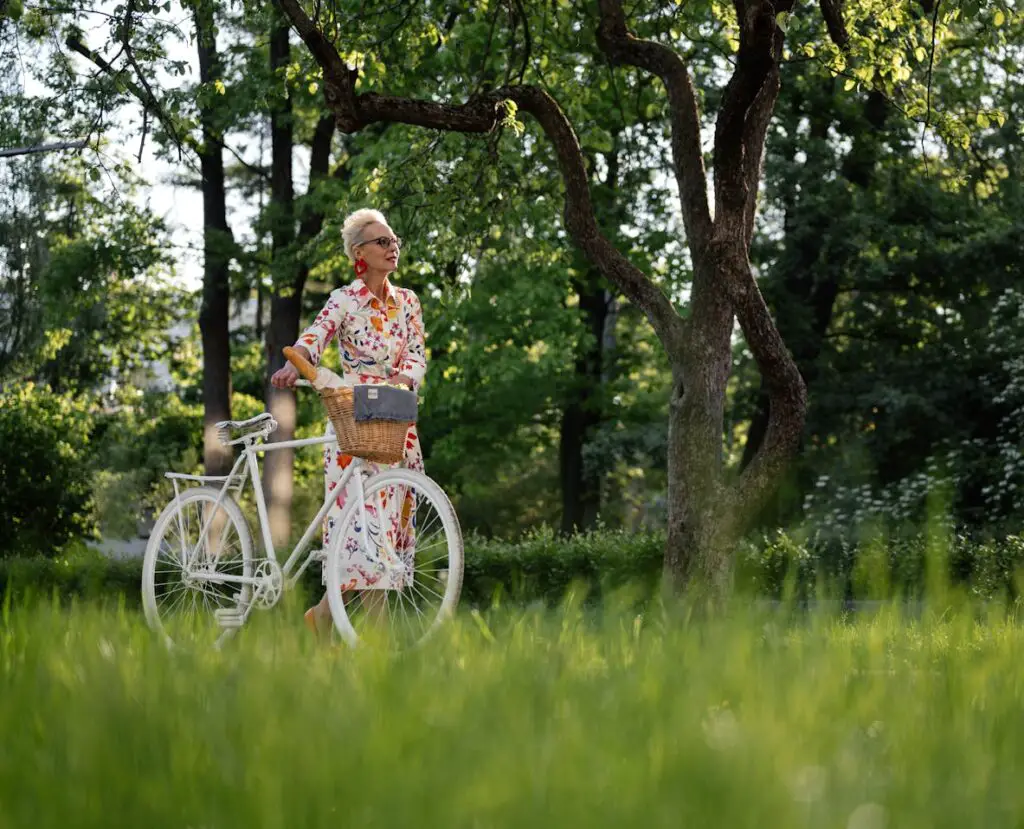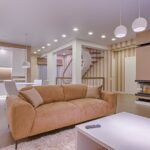Thoughtful interior design can play a supportive role as you, a friend, or family member grow older. Design for aging well, even into your 100s, is not all about grab bars and non-slip rugs. These interior design tips can make sure your home is ready for you to age safely, while also allowing you to continue living comfortably and stylishly.
Have you recently found yourself pushing furniture out of the way to get yourself through? Losing your things more than usual? Uncomfortable cooped up indoors? If you or a loved one are experiencing these challenges, you are not alone. And surprise – interior design and organizing may be in your future!
Those jaw-dropping before and after pictures you scroll through on Pinterest are not just about looks, they improve lives. Grab your beverage of choice and snuggle in for real-life examples of how you can take control and make a difference in your environment today!
Solution #1: Space Plan
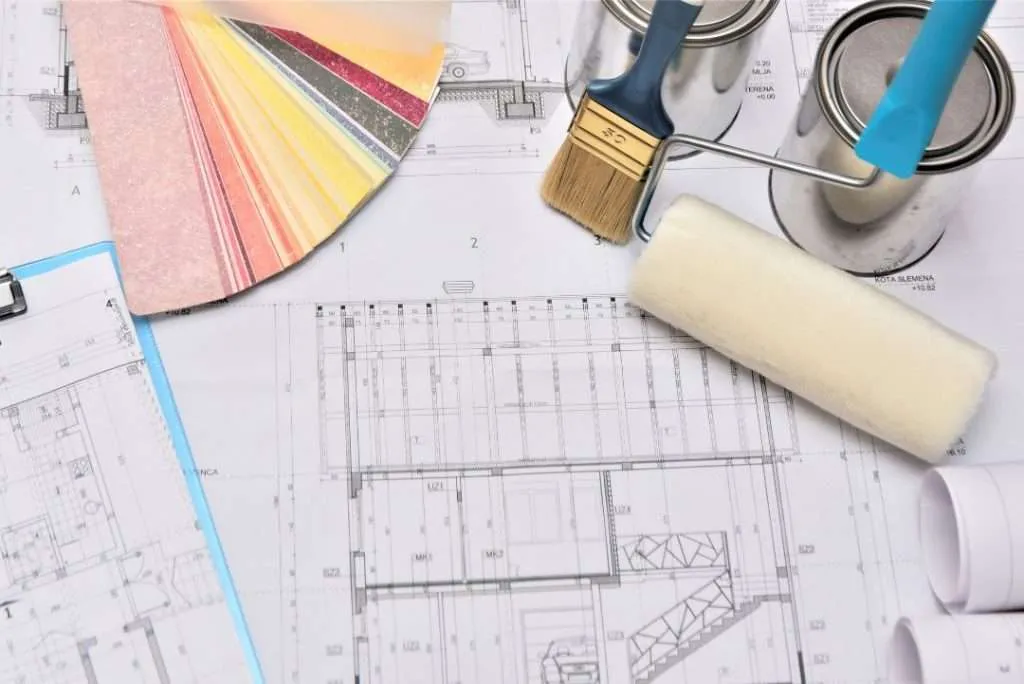
A space plan is the road map used for where furniture is placed in a room. It also documents an understanding of traffic flow and use of a room. This might sound like a no-brainer. But when you feel like the walls are closing in on you or you are being chased by the furniture, it’s time to create a space plan.
No, there has not been a curse placed on your home like the castle in Beauty and the Beast. Perhaps you are preparing for a procedure or surgery. There might be a bulky walker, ugly IV pole, and a dining room chair pulled up to the recliner as a makeshift end table. Added equipment, an in-home care provider, and borrowed furniture can make it hard to get around.
My mom and stepdad got into a head-on collision a few years ago. The impact was overwhelmingly on my mom’s side and she suffered a broken ankle, femur, radius and ulna. It basically meant she could not walk and with the ulna in your forearm, she had a long road ahead to use any walker or cane.
After months in a rehabilitation facility, she was discharged with a wheelchair. Her home was not set up to accommodate a wheelchair and with no family in the area, she had to stay with a friend until she could at least use a walker.
I am a huge advocate of prepping your home to age-in-place. So much, that in my thirties, I renovated an entire home and kept the comfort height toilets and all the grab bars! It is true, I promise! But, short of renovation – space planning can play a large role in maintaining independence and improving quality of life as our optimal functionality declines.
Space planning is a huge part of interior design and often one of the very first assessments made when starting a project. You can do this on your own and take a moment to ask how much space you have and if it is time to modify the space plan. For all three examples of added medical equipment, a whole other person now taking up space or existing furniture pushed out of place to serve other functions, space planning is the answer.
My mom was much less mobile than in the past. She had pulled her most-used things around her armchair for easy access. However, it created a narrow entry to the family room and caused her to lose balance a few times while navigating the new obstacle course she had created for herself.
To solve the challenge, we looked at the room as a whole to determine how she could keep her favorite things close-by for access, but not have clutter. The solution was to remove the little used loveseat and move the armchairs to another wall. She was able to maintain the convenience of the floor lamp, close end table and additional tray, while freeing up the walkway.
Space planning involves reviewing the current space, analyzing its usage and planning organized change. Do not just push other furniture to the side or bunch up more tables near you. This is not only unsafe, but clutter can affect our anxiety levels, sleep and ability to focus.
My mom was able to relax in her favorite chair and recover with her Venti Skinny Vanilla Latte within arm’s reach. And she did not have to try out for American Ninja Warrior every time she entered the room.
Solution #2: Simplify
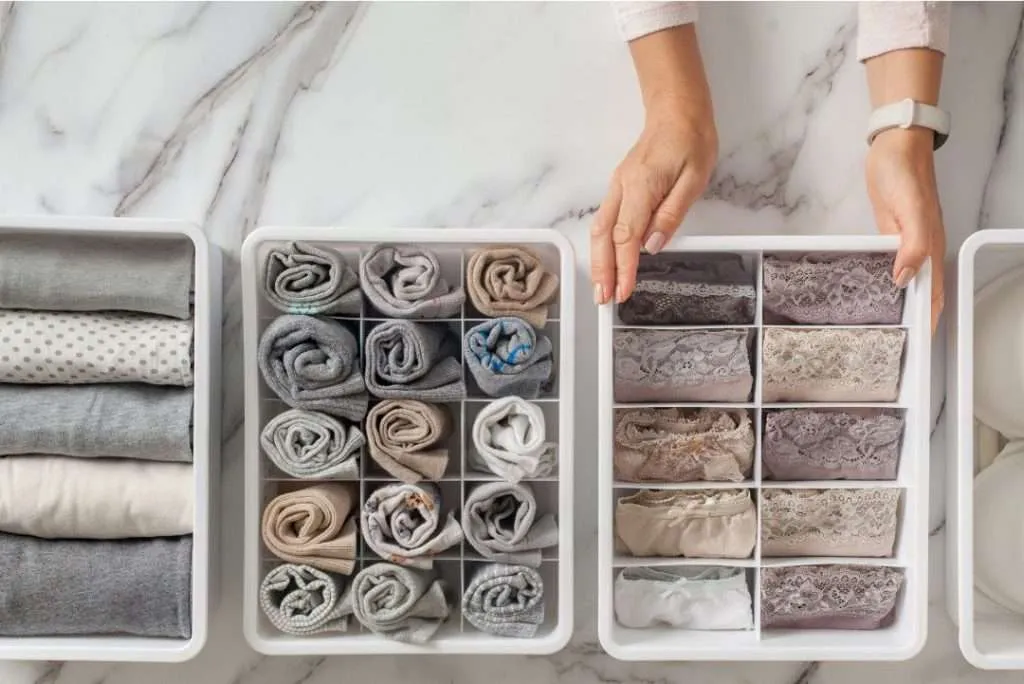
Gretchen woke up one morning and felt terribly wrong. During months of searching for a diagnosis, her children,16, 15, and 12 pitched in with the extra household chores. But behind closed doors, they were also helping their mom get out of bed, get dressed, and get downstairs.
Illness is a terrible thing that is often unavoidable. Gretchen was eventually diagnosed with Lupus, an autoimmune disease. The Lupus Foundation of America estimates that 1.5 million Americans have a form of Lupus and at least 5 million people worldwide. In a study, they also found it is among the top 20 leading causes of death in females ages 5-64.
During illness, you or a loved one may experience a temporary, or permanent decline in acuity. For Gretchen, she was in extreme pain and unable to physically move to complete routine self-care.
As an interior designer, we focus on how people live and work in a space. It is about what goes on inside those walls that drive the design. It is also important to ask what is going to happen in the space in the future. Simplifying a space can provide a solution to a myriad of challenges one is presently experiencing and those to come.
As Gretchen searched for a diagnosis and comfort, she was often in pain and stayed in bed for hours at a time. Her ability to reach, grab and stretch for basic needs, such as a glass of water, became overwhelming. To help her, we assessed her nightstands, dresser, and bathroom counter first. We removed accessories or products she did not use regularly and made way for what she needed.
You may be doing this, or planning to in your spaces, but I challenge you to take it a step further. We replaced some accessories with more functional, but still decorative items. Decorative bins were added to the nightstands to hold tissue, lotion, medicine, etc. When Gretchen wanted something, she only had to reach for the bin, pull it over, and get what she needed. We also replaced small, less meaningful accessories with fewer, but larger accessories to maintain aesthetics while easing functionality.
It is important to surround yourself with the things you love. In this situation, we moved pictures that were in table-top frames and hung them on the walls. Additionally, we added a gallery wall including pictures and shelves to move the special treasures up onto the walls.
Not simply removing special items for the sake of function, but re-styling these personal spaces is the interior design that makes your home special and unique to you. Anyone can put all the fun stuff in a box and move it to the closet to make way for meds on the end-table. But re-styling a space to not feel institutional during challenging times is the goal.
Solution #3: Soak Up Nature
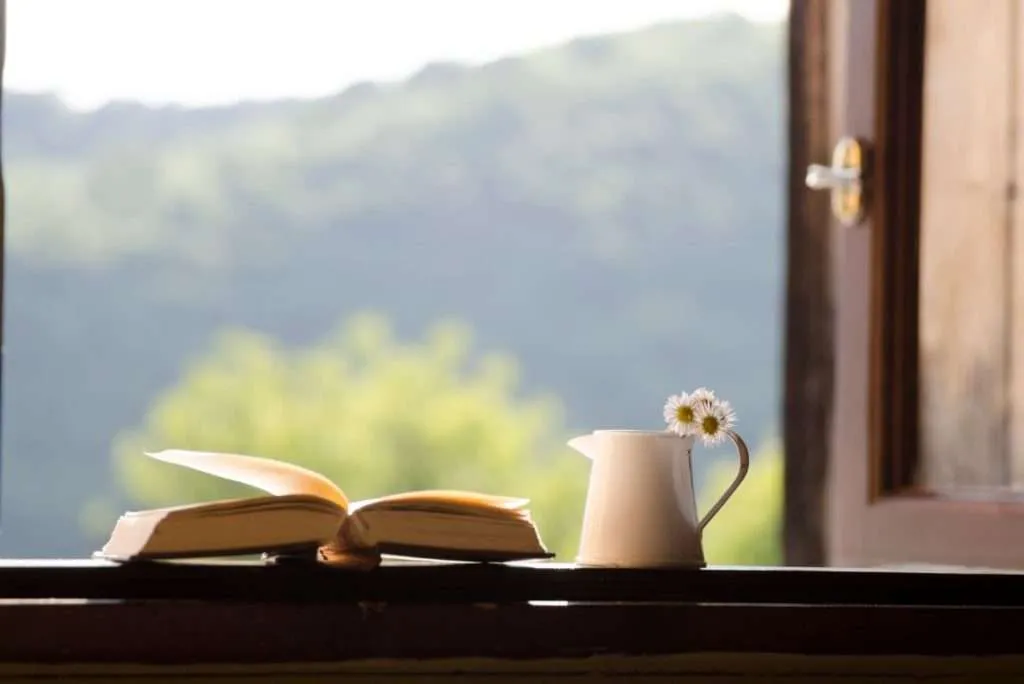
Did you know that spending at least 120 minutes a week in nature is associated with good health and wellbeing, according to a scientific report completed in 2019, reported by nature.com?
Interior surroundings do not have to be isolating and secluded from the outdoors. There is a huge movement to bring the outside in and mix materials and design from the exterior with the interior.
As we naturally age, our eyesight weakens, mental sharpness declines and hearing loss is common. More than a few interior design solutions relative to bringing nature close can provide comfort and help in these scenarios.
Window coverings are a solution to a multitude of challenges. What do window coverings have to do with nature, you ask? Windows and doors are your gateway to the outdoors.
If it is too hot by the window you may not go near it. If the glare is too harsh, you stay away. If you cannot clearly see where the edge of the sliding door is, you may not open it as often. A variety of window treatments can be used to manage glare, temperature and aesthetics.
Window tinting is also a window treatment and can help reduce glare and heat. Glare is more than a bother to some, it can be downright painful if you have dry eyes or other eye conditions.
Window film is used to tint the windows and should be installed by a professional. There are a variety of opacities and options which an interior designer and a window tinting profession can collaborate to determine which is best for your situation.
Traditional window treatments, such as draperies can also encourage more sun soaking! Think opening the drapes, not closing them. Using a sheer drapery can also reduce glare and as an accessory on the window, it will soften the edges and make sitting near a window or slider more inviting.
If you have vision impairment, consider using a treatment with more contrast to help frame the window (you can also paint the trim with more contrast) to help the vision impaired see the edges, encouraging independence in opening windows and sliding doors. Look for natural fabrics like linen or bamboo to enhance the natural ambiance.
Additionally, creating access to sitting by windows and doors by moving a comfortable chair into a soaking spot will encourage this positive activity.
After a self-assessment, one caregiver in Northern California told us she did the complete opposite. She moved a large armchair away from the window to allow access for her patient to get closer to the window in his wheelchair. There is no one road map to accessibility, for some it is adding a chair. For others it is to remove the chair. Find your sweet spot and encourage access to nature.
Bringing nature into a space using natural fibers, fabrics and accessories will also enhance wellbeing and aid recovery. Try adding a water feature, or sound machine with natural sounds; you’ll be hard-pressed to find someone who doesn’t love the sound of a flowing brook.
Managing discomfort acting as a barrier to embracing nature, creating invitations to use windows and doors, and bringing the outdoors in are all methods to enhance interior design to promote wellbeing through nature.
Use Interior Design to Age Safely, Comfortably, and Stylishly
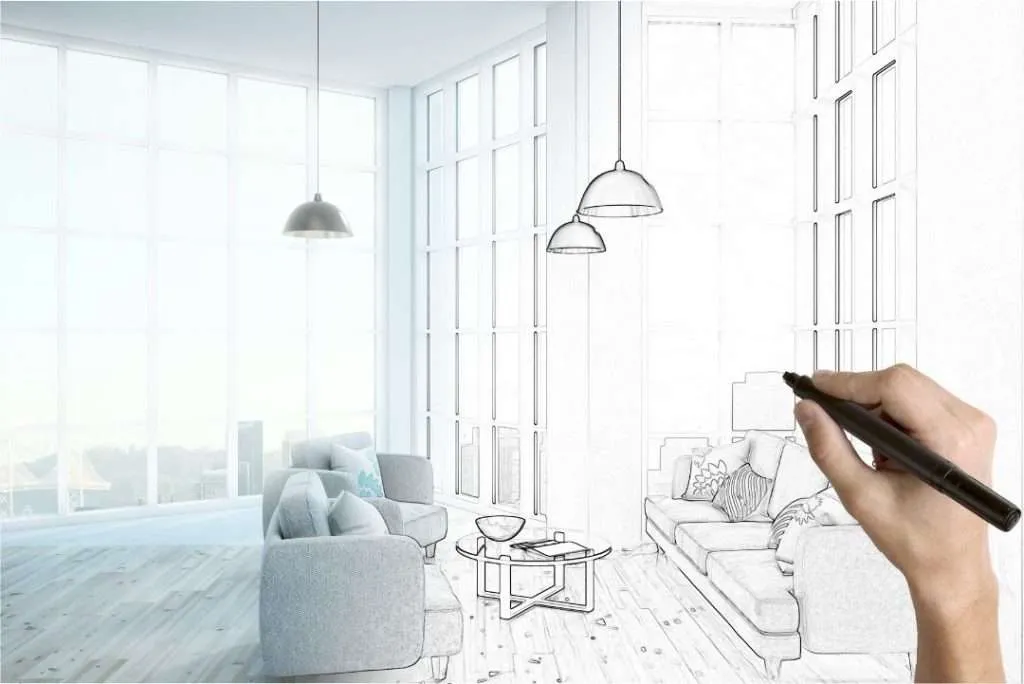
Growing older is a challenge we are all likely to face in our lifetime, sooner or later. Taking these simple solutions into account, one can only imagine all the additional ways interior design can improve the way we live, work and play in our spaces. The practice of interior design is solution-based and its purpose is to bring happiness to you, your friends and loved ones. There is a science behind the choices we make and how our surroundings change the way we feel and exist in our environments. Some of the best designed spaces do not elicit ohhs and ahhs, but make us comfortable and for that moment in time, invoke a feeling that all is right in the world.

